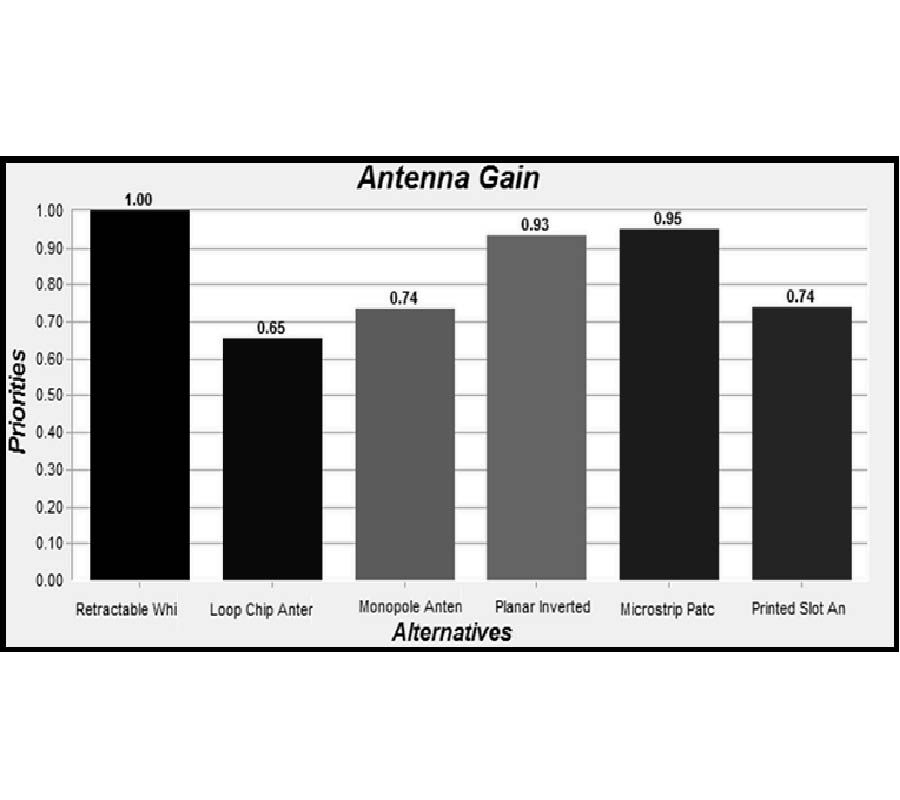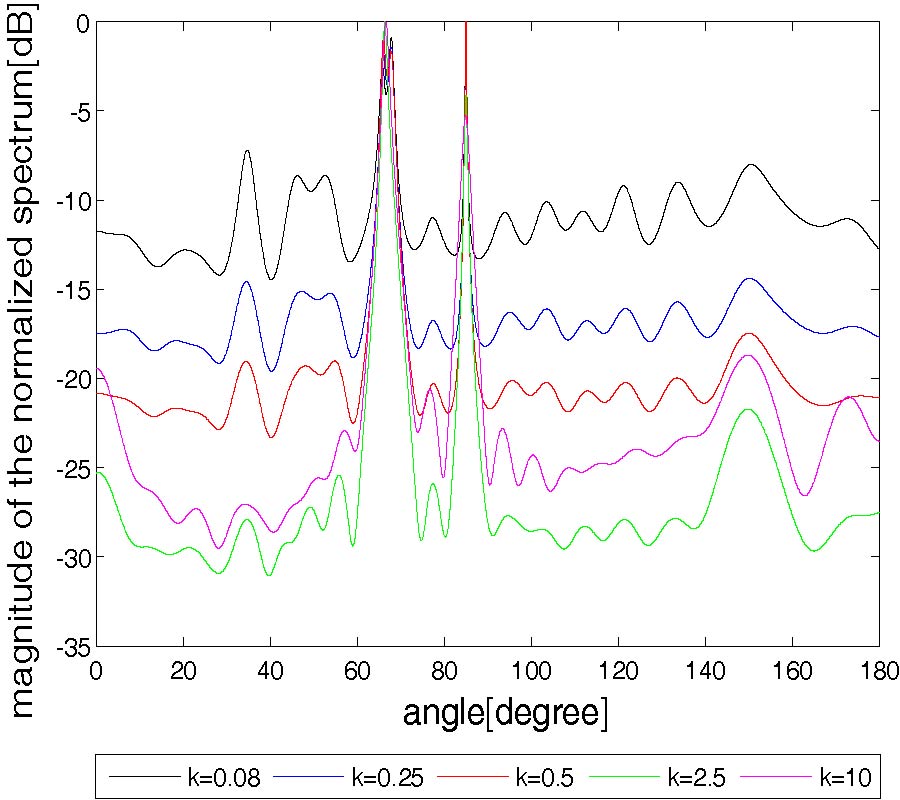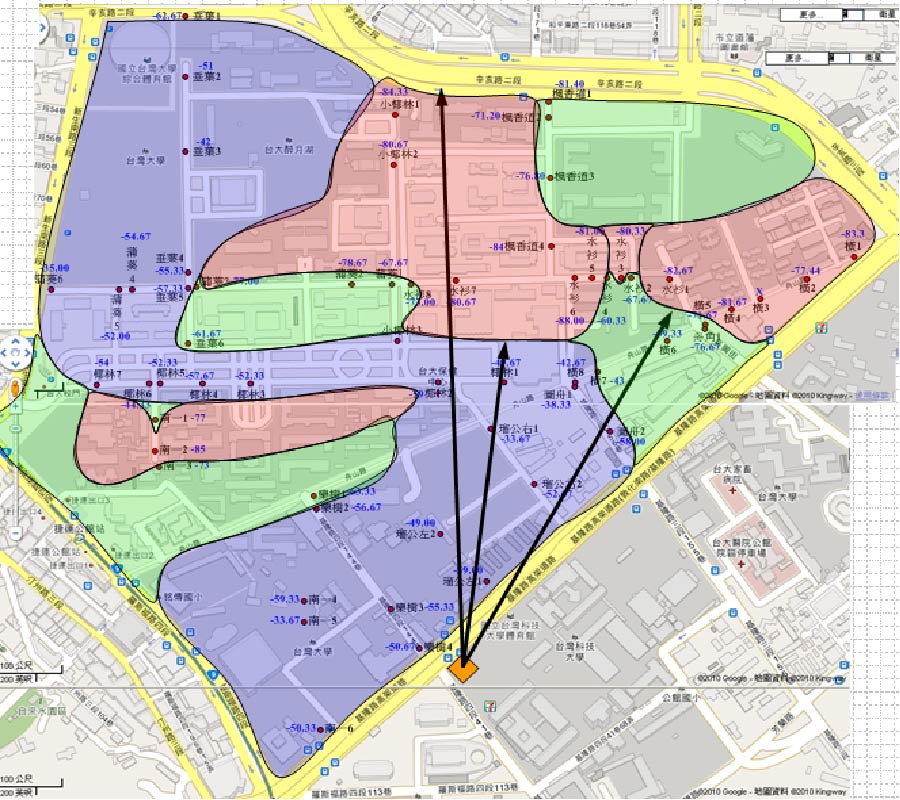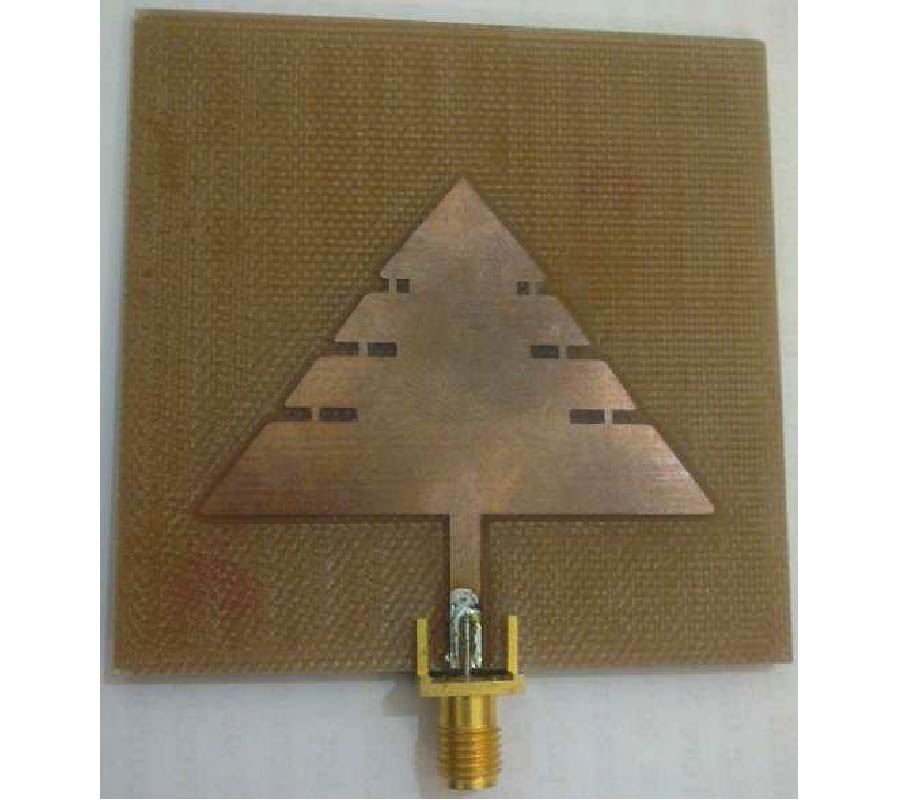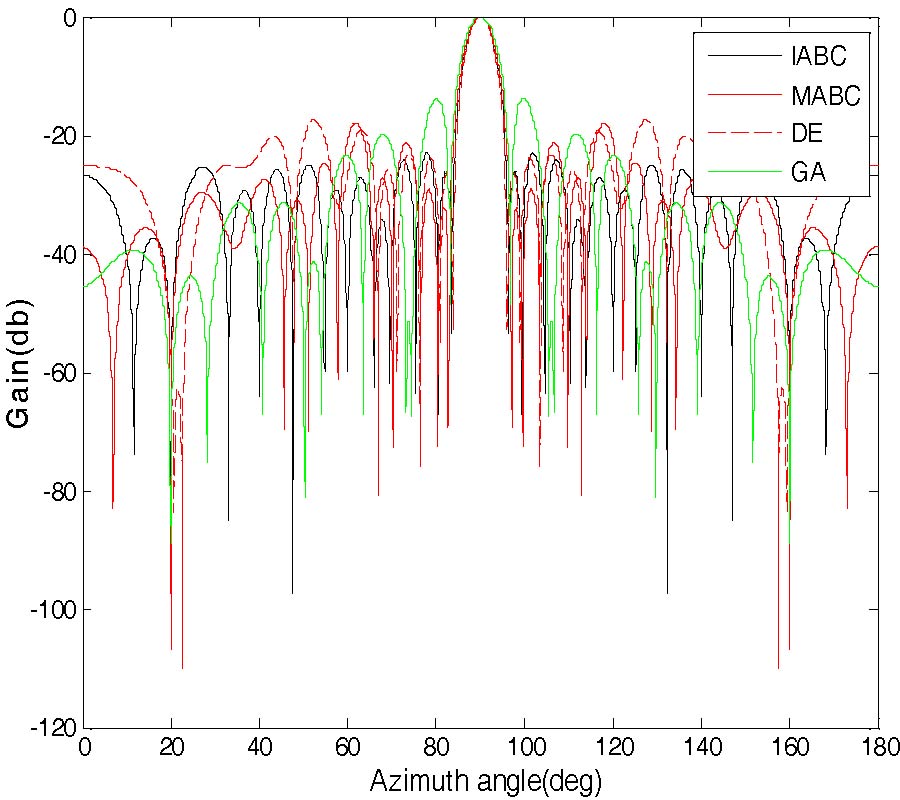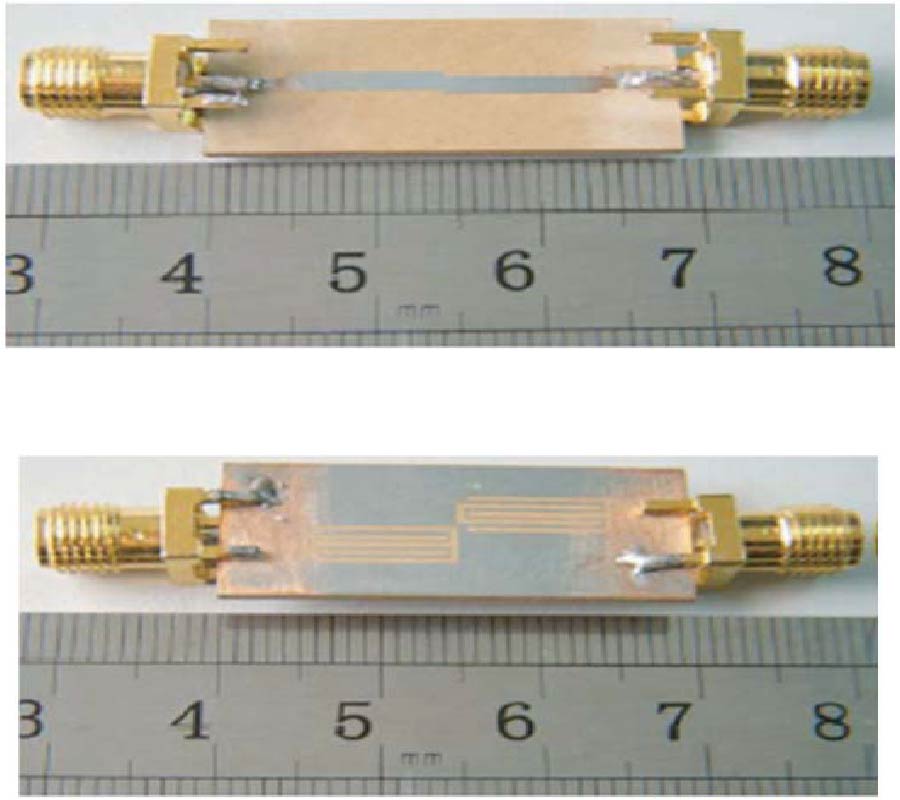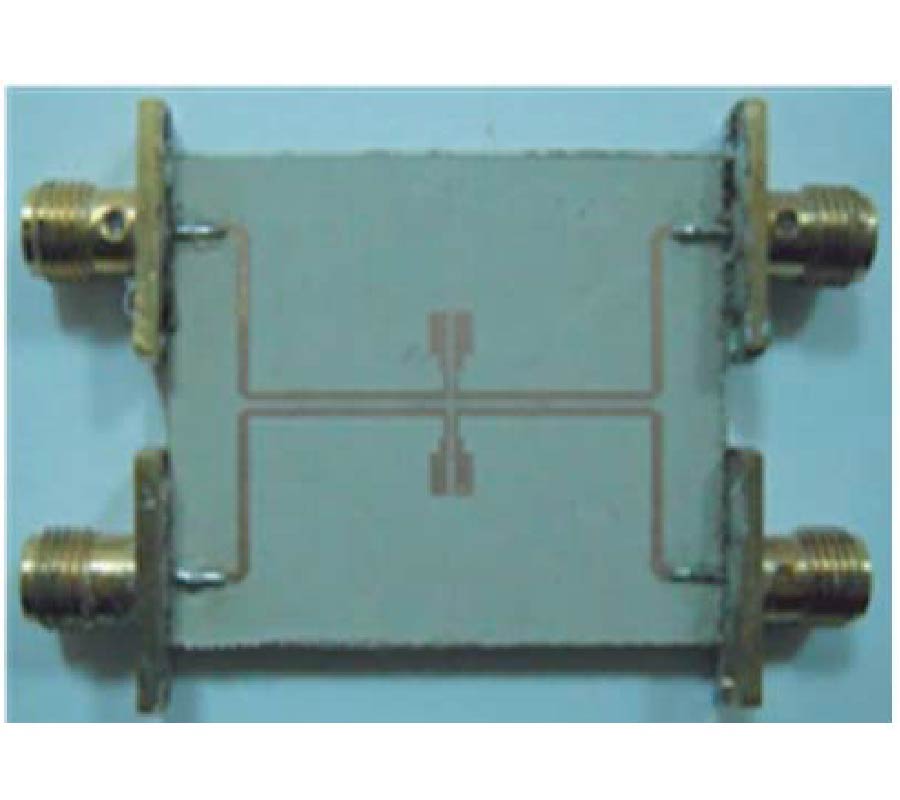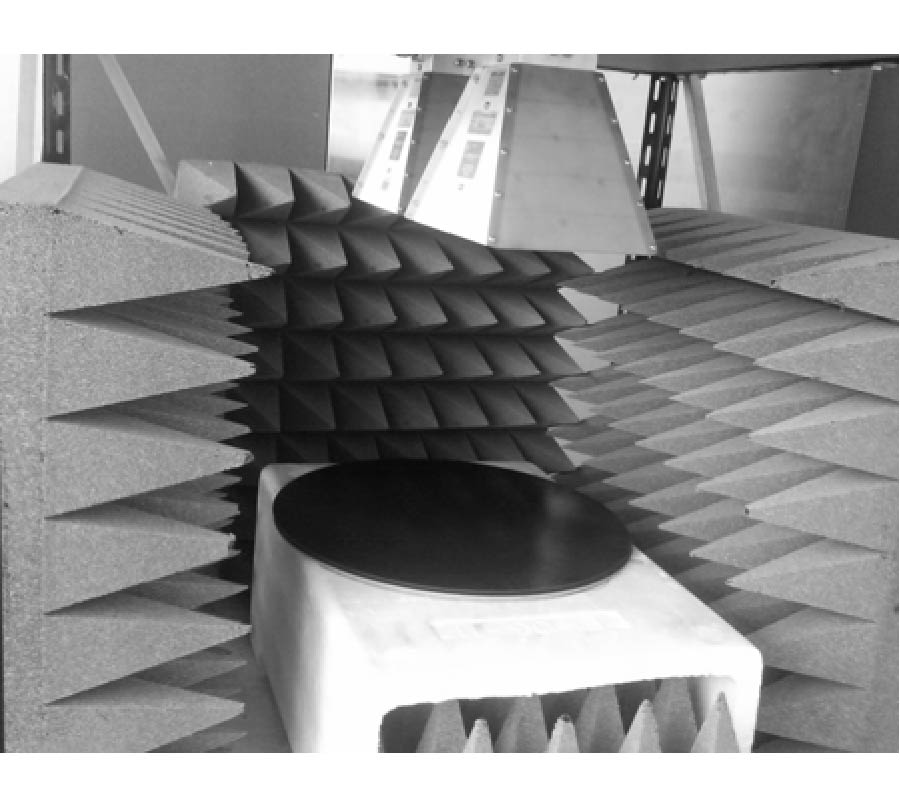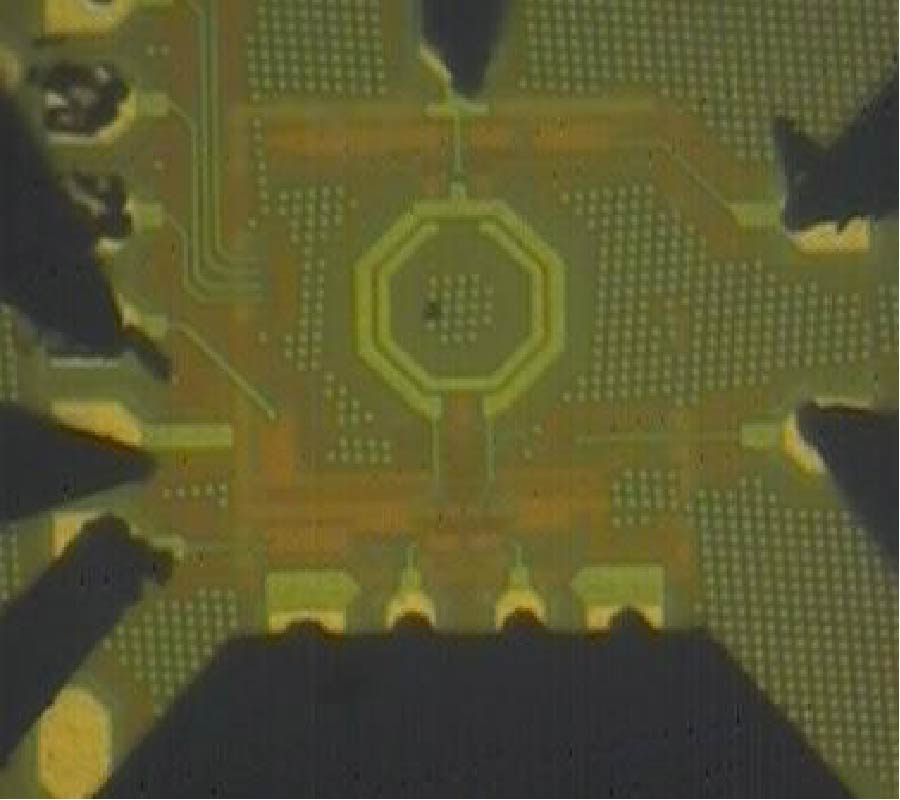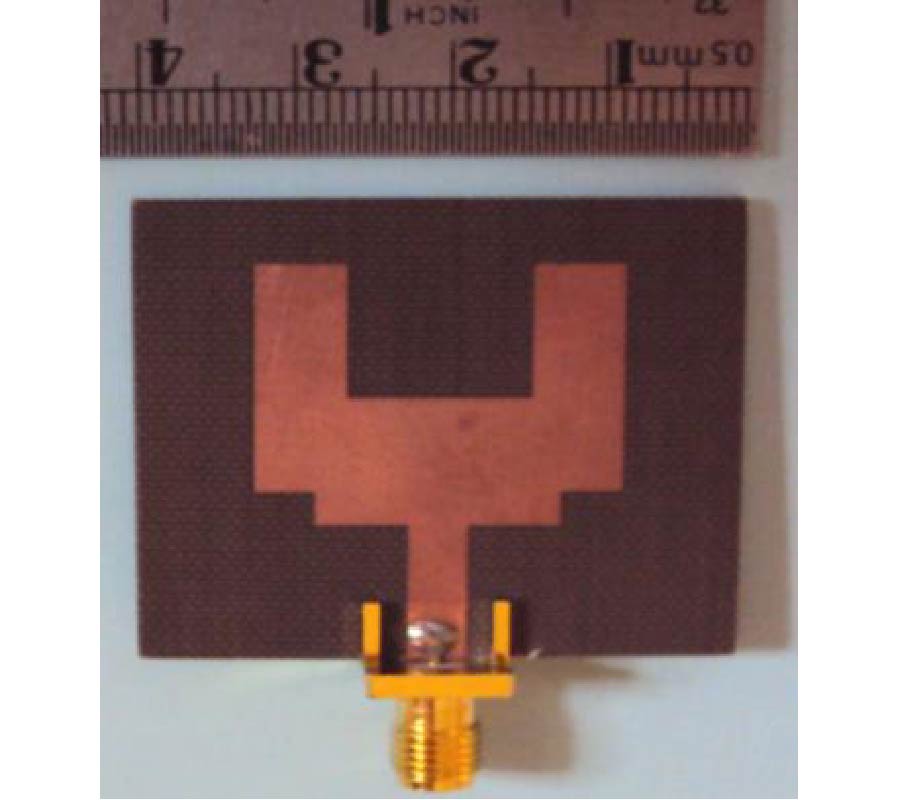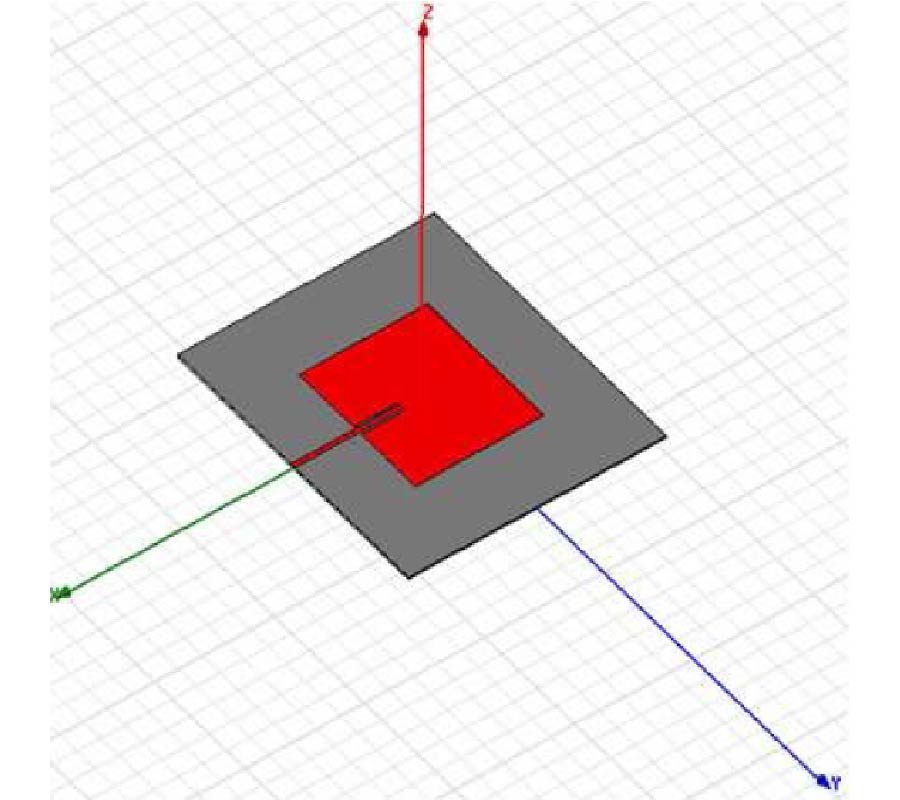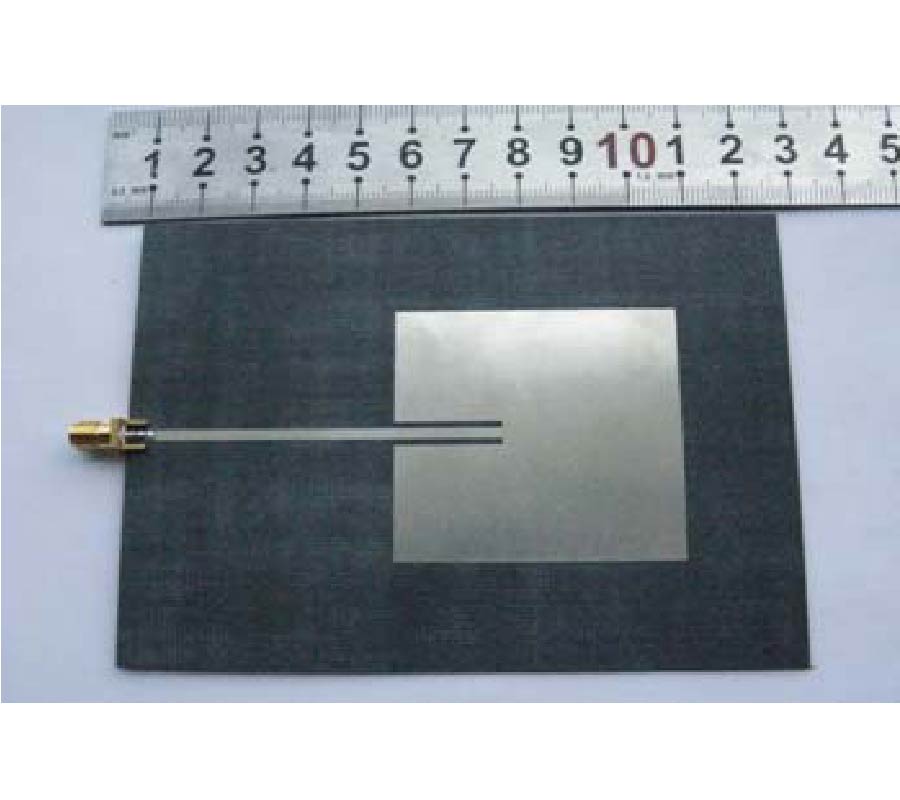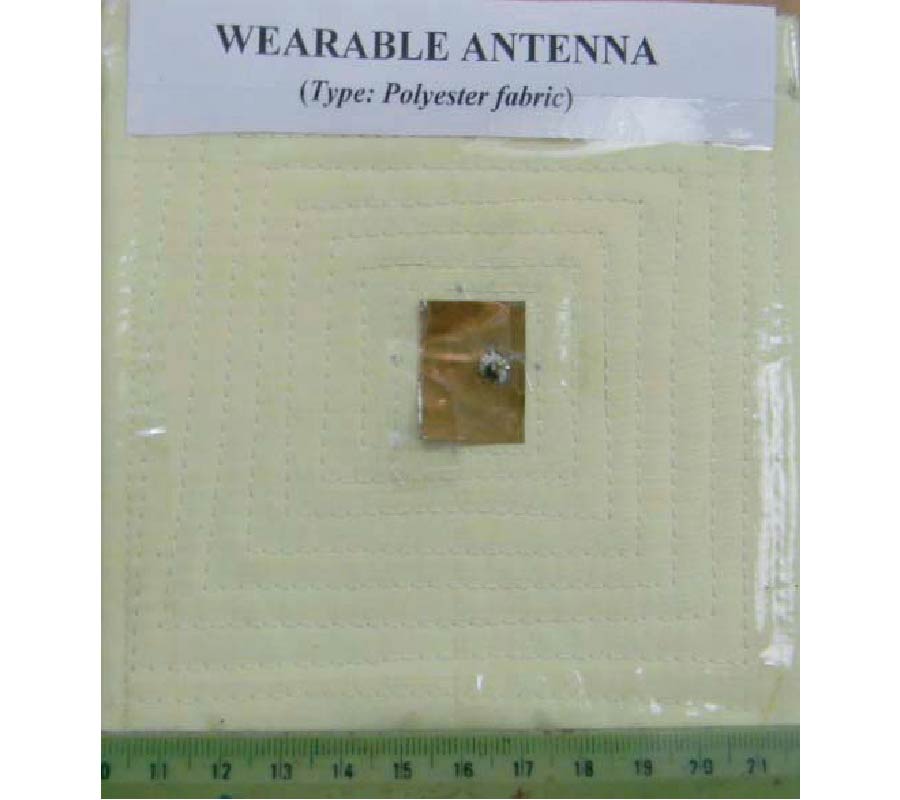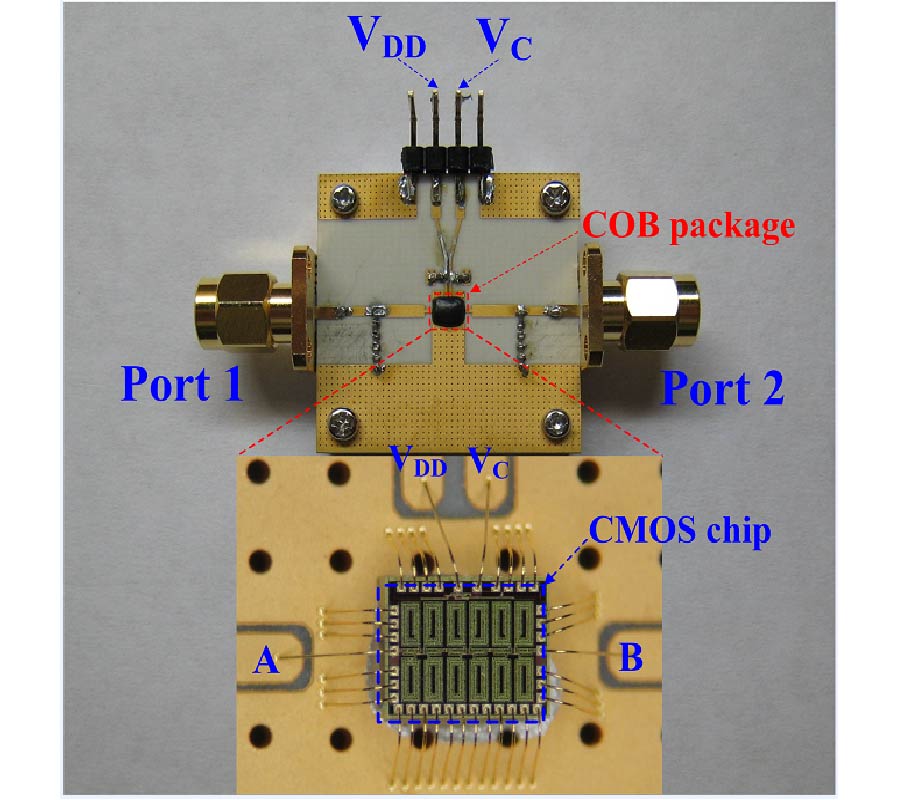A High Resolution DOA Estimating Method Without Estimating the Number of Sources
Qing-Chen Zhou
,
Huotao Gao
and
Fan Wang
The performance of high resolution subspace-based algorithms are particularly sensitive to the prior information of the source number, the Signal-to-Noise Ratio (SNR) and the snapshot. Although the existing direction-of-arrival (DOA) estimation methods without estimating the source number could eliminate the awful impact brought by incorrect source number estimation, yet its performance would get deteriorated by small snapshots and low SNR. Methods which exploit noise and signal subspaces information simultaneously, such as SSMUSIC, could provide a high resolution performance in such nonideal circumstances. However, its performance would degrade severely when the prior information of the source number is incorrect. To provide a DOA estimation method without estimating the number of source, which has a high resolution performance in small sample and low SNR scenario, using all information spreads in eigenvalues and eigenvectors, this paper reconstructs a new spatial spectrum which is very similar to the SSMUSIC algorithm. In order to enhance the robustness of the new method, we provide an empirical method to modify the eigenvalues to prohibit the spreading of noise eigenvalues caused by snapshot deficient and low SNR. To verify the validity of the new method, comparisons with other algorithms are made in computer simulations and the measured data test.

